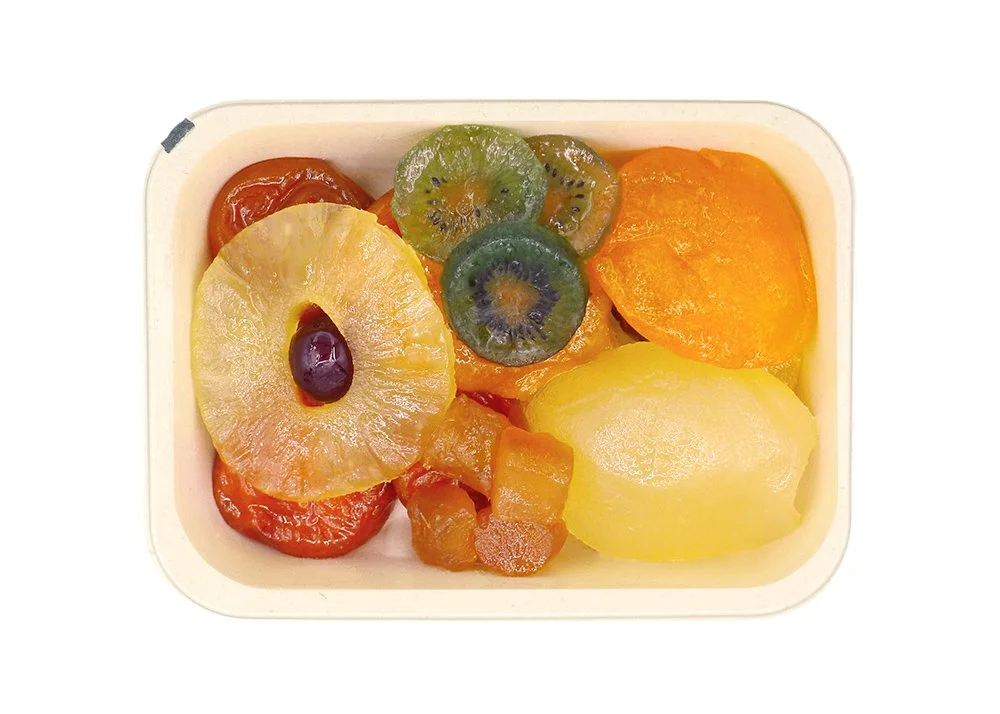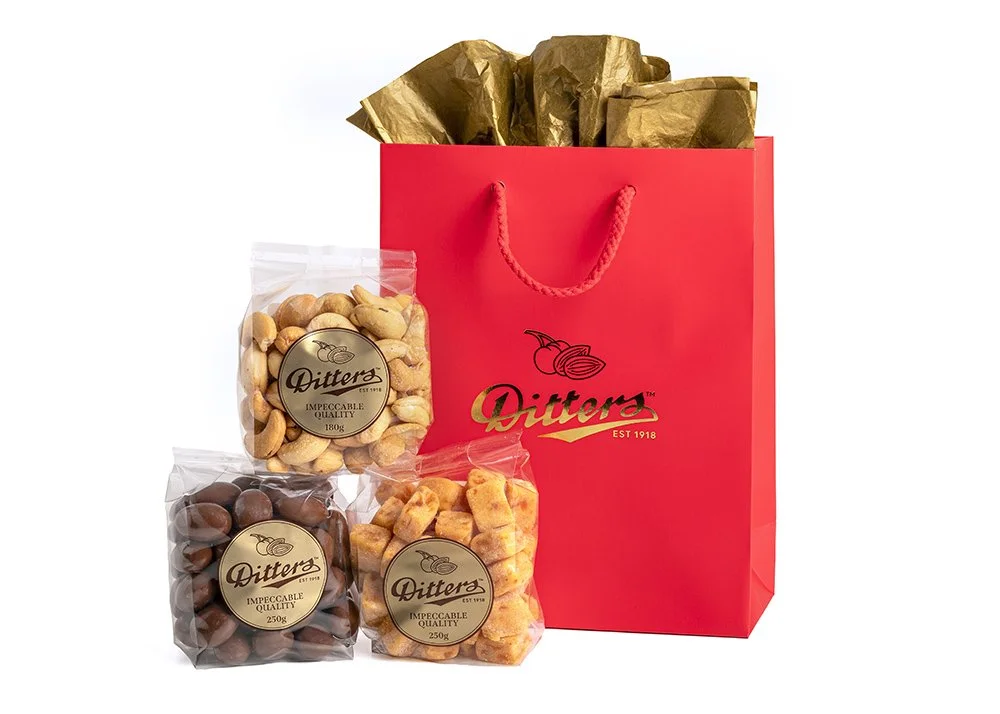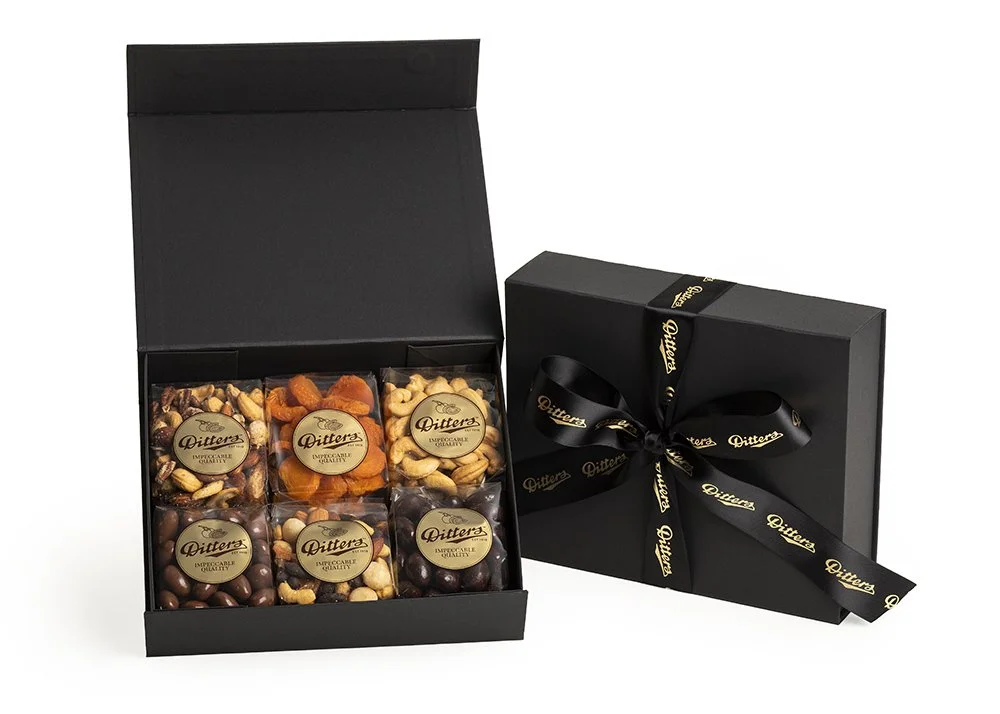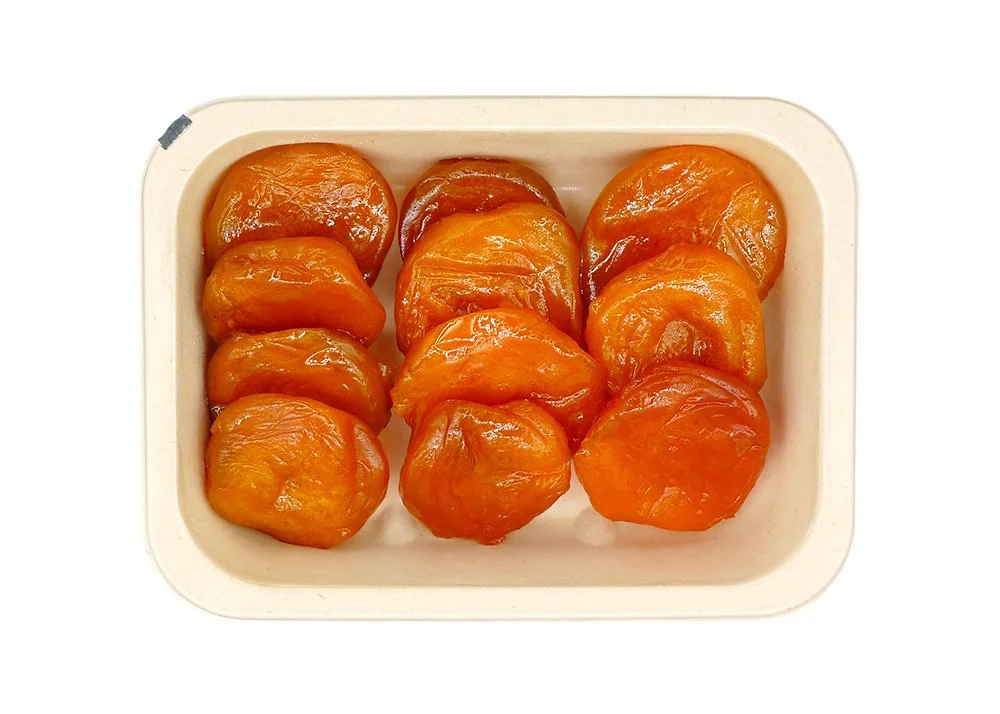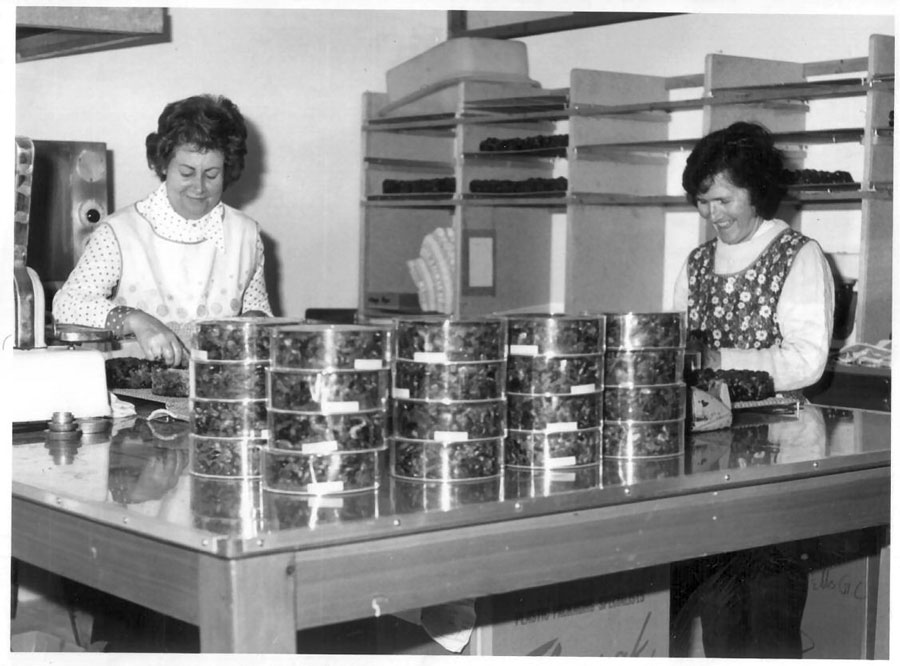The Ditters Story
Banner image: ASB Creative. Text source: "South Australian Business: A State of Growth", Advertiser Enterprises, a division of Advertiser Newspapers Pty Ltd, p109–111, 2007; "Ditter, Otto Kurt (1889–1967)", Kerrie Round. Photographs are subject to copyright.
Early 1900s: Significant beginnings
Otto Kurt Ditter arrived in 1910 at Port Adelaide as a 21 year old German immigrant. He could not have known then that he would establish one of South Australia's most loved food companies. He was already a trained horticulturist and not afraid to work hard to achieve his goals. He found South Australia to be an excellent place to fulfill his dreams.
After two months in the smelters of Port Pirie, he returned to Adelaide and gained employment in a printing firm, later finding work as a teacher in a Lutheran school. He quickly established himself in the local German community and became a naturalised Australian in 1914.
Otto Ditter spent the weekends riding his horse to Adelaide to court Clara Remien whom he married on the 15th July 1916. In that same year, he worked at E F Lipsham's Edwardstown market garden.
He and Lipsham then opened a vegetable and almond stall in the East End Market where Otto received 25% of the profits in exchange for working from 4am to 11pm on Fridays and Saturdays. They soon moved the stall to the Adelaide Central Market.
1918 Mr Lipsham gave the business to Otto who saw an opportunity to increase his existing nut range with peanuts. This was the birth of Ditters.
In fact, Ditters was the first to specialise in retailing nuts in South Australia. Otto built a nut roasting and shelling machine and was the first to roast peanuts in his stall. Within nine months, he was selling over 100lbs of roasted peanuts on weekends.
Locally grown almonds and walnuts were complemented by Riverland dried fruits, with other produce imported from around the world.
1920s: Lifting standards
A factory was established at Edwardstown to roast peanuts, and this is believed to be the first commercial nut roasting operation in Australia. Local residents would bring walnuts and almonds, grown in their own gardens, to sell to Ditters.
In those days, the Central Market only offered weekly tenancies to stallholders and all goods were simply laid out on tables or in boxes. Otto was keen to improve the display of his products, so in 1927, he relocated to a shop at No. 6 Pirie Street where he traded 6 days a week till 10 o’clock each night.
Otto Ditter pioneered the retailing of almond meal, marzipan, crystallised fruits, angelica and ginger and their acceptance as gourmet foods. He had a fine attention to detail; always impeccably dressed and scrupulously honest, his shops were a reflection of the man.
Whilst he sold produce by the pound, he took the best of his stock and presented them in gift pack arrangements, thereby lifting them to the standard of a fine delicacy. He was the first in South Australia to do this.
1930s: Nutritious nuts in wartime
Ditters nuts could be found at the Royal Adelaide Show, and in 1933 the Pirie Street shop was moved to 114 King William Street (later 116). The factory was expanded to capacity, and the business and reputation of Ditters continued to grow.
WW2 brought shortages in stock and labour. Often, the store had to be closed for an hour each day for restocking, and a large line of customers would form outside, ending around the corner in Pirie Street.
It was during this time that the Federal Government awarded them the entire South Australian allocation of peanuts, an important replacement source of protein for nursing mothers during rationing.
After the War, Ditters developed an export line of glacé fruits that locals could send to their British relations. These parcels became so famous that on a visit to the Ditters factory in 1945, the Duchess of Gloucester ordered three to be sent to HRH Princess Margaret, c/- Buckingham Palace.
Dried and glacé fruits and nuts were packaged into wooden crates and a van load of parcels were sent to the post office each week for many years.
Keen to keep the business within the family, Otto’s two sons Gordon and Bill and son-in-law Alan Cleveland entered the business upon their return from War duties.
1950s and ‘60s: Height of fame
Ditters purchased a property at 921 South Road to house a new processing and cold storage facility, and this was completed four years later, allowing the company the capacity to open two more shops in the City. The first (in 1956) at 52 Gawler Place (later moved to 26 Gawler Place), and the second (in 1961) at 45 King William Street.
During the 1960s, Ditters was at the height of its fame, and if a fruit or nut was available any where in the world, they would stock it, but only if it was the best quality. Raw, roasted, flavoured, sugared and chocolate-coated peanuts, almonds, brazils, cashews, walnuts, pecans and macadamia nuts; dried, glacé and crystallised fruit of every kind. All were presented and sold to an exacting standard.
When Otto Ditter died in May 1967, he left a successful, well loved and respected, market-leading company in the capable hands of his children and grandchildren who opened more retail stores and increased wholesale trade.
In that same year, Dawn Ditter (daughter in law of Otto and wife of Gordon) found a recipe in an American newspaper and introduced the now very famous Ditters Gourmet Cake to the family, popularly known as 'stained glass window cakes' because they were generously garnished with glacé fruit.
Joan Ditter (Bill’s wife) and the factory foreman’s wife, Joyce, initially made the cakes in their home kitchens, but after a few years they couldn’t keep up with demand so production was moved to the factory.
The Gourmet Cake fitted so well into the Ditters range as it was essentially a summary of what the company sold: a rich assortment of dried and glacé fruit and nuts, held together with the barest amount of cake mixture.
Ditters Gourmet Cakes have been exported all around the world and are still made today to Mrs Ditter's original recipe. Thousands are produced each year.
Ditters today
Ditters celebrated 100 years in 2018 and is owned and operated by a local South Australian family. Ditters is growing again and needs your support to continue. Today, Adelaide locals and the rest of Australia continue to enjoy the impeccable quality and originality of Ditters fruit and nut products. From market stall beginnings to shops of distinction, Ditters holds a special place in the hearts of many Australians.
© 2025 Copyright Images, All Rights Reserved. Please do not download, copy, share or use these images for any purpose.














